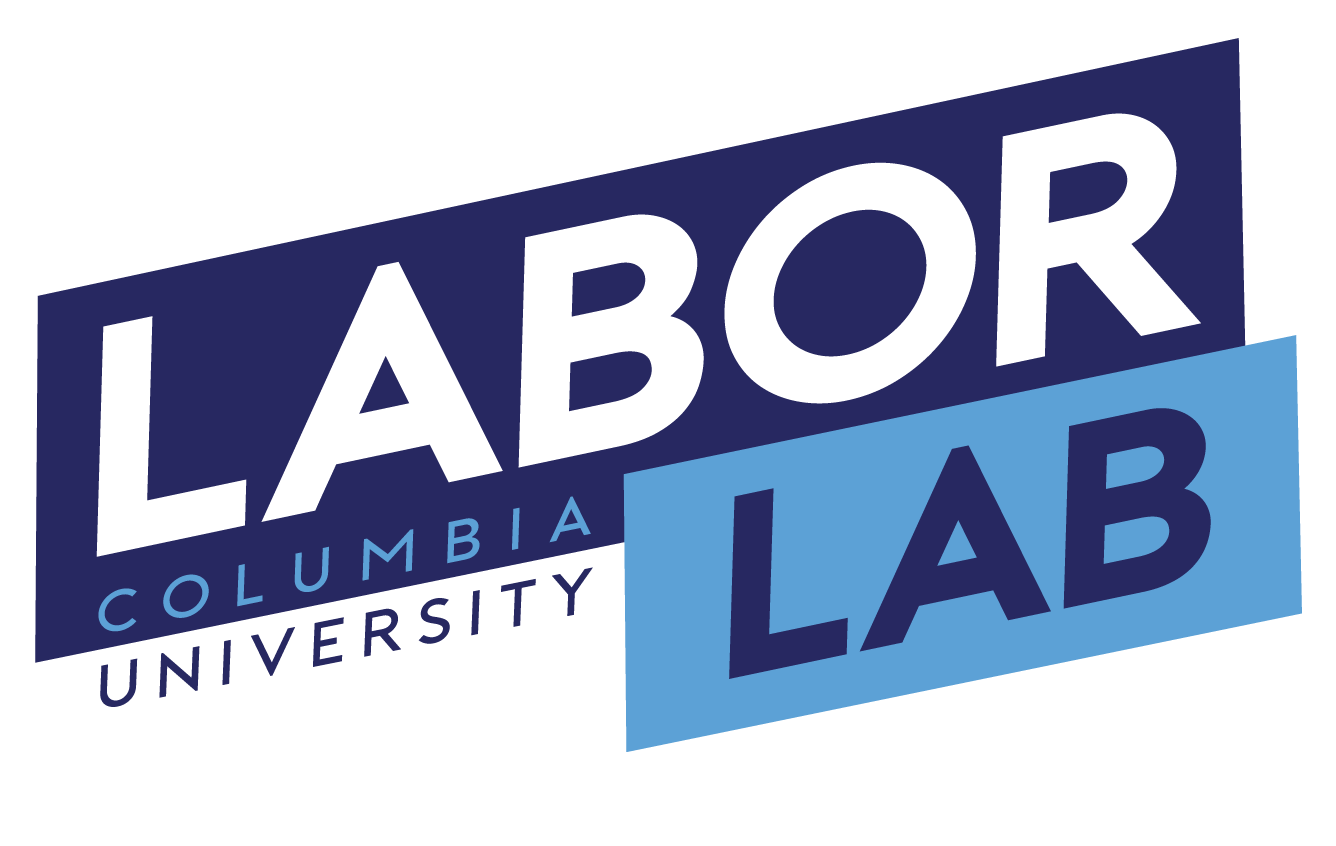Coercion and Monopsony in Modern American Manufacturing:
Evidence from Alabama Prison Labor (working paper)
This Columbia Labor Lab working paper was shared on SSRN November 03, 2025.
Authors:
Susan Helper, Case Western Reserve University
Suresh Naidu, Columbia University
Akseli Palomaki, Columbia University
Adam Reich, Columbia University
Aaron Sojourner, W.E. Upjohn Institute
Abstract:
We study coercion and monopsony in contemporary U.S. manufacturing labor markets. We combine administrative data from the Alabama Department of Corrections work release program with a unique survey of workers in the Alabama auto supply chain where workers report their work-release status. We first present descriptive patterns of work-release labor, finding that the use of incarcerated (i.e., work-release) labor is concentrated in the auto supply industry, especially in the Montgomery area, where Hyundai’s assembly plant is located. In the survey, the share of plant-level workers who are incarcerated is negatively correlated with non-incarcerated wages. The survey also enables estimation of hypothetical quit elasticities separately among incarcerated and non-incarcerated workers. Incarcerated workers are estimated to have quit elasticities less than half that of non-incarcerated workers. Because Alabama law requires employers to pay the same wage to incarcerated and non-incarcerated workers in the same jobs, the additional monopsony power introduced by employer access to incarcerated workers creates an incentive and ability for employers to reduce plant-level wages to, and employment of, non-incarcerated workers. We build a quantitative model of firm-specific labor supply that, for incarcerated workers, distinguishes the roles of coercion (the risk of physical harm in prison from not working), wage garnishment that blunts the consumption effect of higher wages, and monopsony (limited mobility across employers). Using it, we estimate effects on free and incarcerated workers’ welfare from i) reforming prison conditions to eliminate violence, ii) eliminating prison labor wage garnishment, iii) imposing a $15 minimum wage, and iv) abolishing prison labor. Free worker welfare goes up in all scenarios, while incarcerated worker welfare goes up with the first three reforms, but down with the abolition of prison labor.
Columbia University Labor Lab
Part of INCITE @ Columbia University
61 Claremont Avenue Suite 1300
New York, NY 10027
